Giving engagement rings with Lab-created diamonds is a relatively new trend. Just a decade ago, it was hard to imagine that many couples would choose not natural, artificial diamonds. The world embraced the course towards sustainable development, and saving the planet, even if it was just a private contribution in the form of jewelry with Lab created diamonds, became the favorite thing to do.
Buy now the Engagement Diamond Cluster Ring
What are lab-created diamonds
There are several ways to get lab-created diamonds. One of the most recent and advanced is the HPHT technology. HPHT stands for high-temperature high pressure. In the laboratories, specialists recreate the conditions under which natural diamonds are created at a depth of 200 km. The only difference is the duration of the process: a stone weighing 10-20 carats grows in 10-14 days in the laboratory, instead of millions of years. The idea of receiving diamonds artificially is not new: they started to produce diamond dust for industrial purposes in the 1950s, but they failed to produce gem-quality stones. In the early 2000s, Japanese experts were able to create a 10-carat diamond.

There is also the already well-known CVD (Chemical Vapor Deposition) technology. It allows the creation of diamonds of up to seven carats in size, but the stones grown in an unstable area start to acquire a gray hue after a short time. In contrast, the HPHT stones show a consistent color because they are grown in a stable zone under conditions identical to those of nature, at a pressure of 60,000 atmospheres. In addition, the stones born with HPHT have high color values - D, E, and F, whereas CVD technology gives somewhat worse color values - G, H, and rarely F. By the way, labs also make colored diamonds.
Buy now an Engagement Ring with LAB Grows Diamond
The easiest way to grow a brilliant yellow color is to use nitrogen, which gives a beautiful canary hue. If the goal is to make a stone transparent, the nitrogen must be removed by the binding agents, jellies. The blue hue is given by the boron. By the way, you can check the origin of the stone by a special number. For those who mistrust lab-grown diamonds, it is worth mentioning their price. It is hard to call something costing $40-60 thousand a fake, though it is not so easy to grow a solitaire of perfect quality, a stone of the following characteristics is already grown: 10-carat, E-color, cushion, flawless.
Buy now an Engagement Ring with HPHT Diamonds
Lab created diamonds vs real
"Bumping heads" between natural and Lab created diamonds is a favorite business of marketers. But they exist in two parallel realities. Those who choose natural diamonds will not consider Lab created diamonds. And vice versa. The point here is first of all in the social subtext; the fans of Lab created diamonds preach responsible consumption, while those who love natural diamonds say the social component should not be taken into account, because the production of lab-made stones consumes too much electricity, most of which is generated by burning natural coal. The second difference between Lab created diamonds and real diamonds is the price. Lab created diamonds, which are indistinguishable from natural diamonds without any laboratory, usually cost half as much.

Buy now Engagement Ring with LAB Grows Diamond
The bright future of Lab created diamonds
In 2020, the auction house Sotheby's negotiated with private companies producing Lab created diamonds to present a fancy orange diamond at the auction. Also in 2018, the U.S. Federal Trade Commission updated the naming rules for diamonds. Now both mined and grown stones are considered as such. The certificate, issued by the GIA, simply indicates the method of acquisition.
Where to buy lab created diamonds
The popularity of lab created diamonds has been added by celebrities professing responsible consumption. Meghan Markle, Penelope Cruz, and Naomi Watts prefer to wear lab-created stones and make no secret of it. On our site, you can buy engagement rings with Lab created diamonds (HPHT or CVD at your choice). Any model of rings, earrings, and pendants can be decorated with Lab created diamonds.
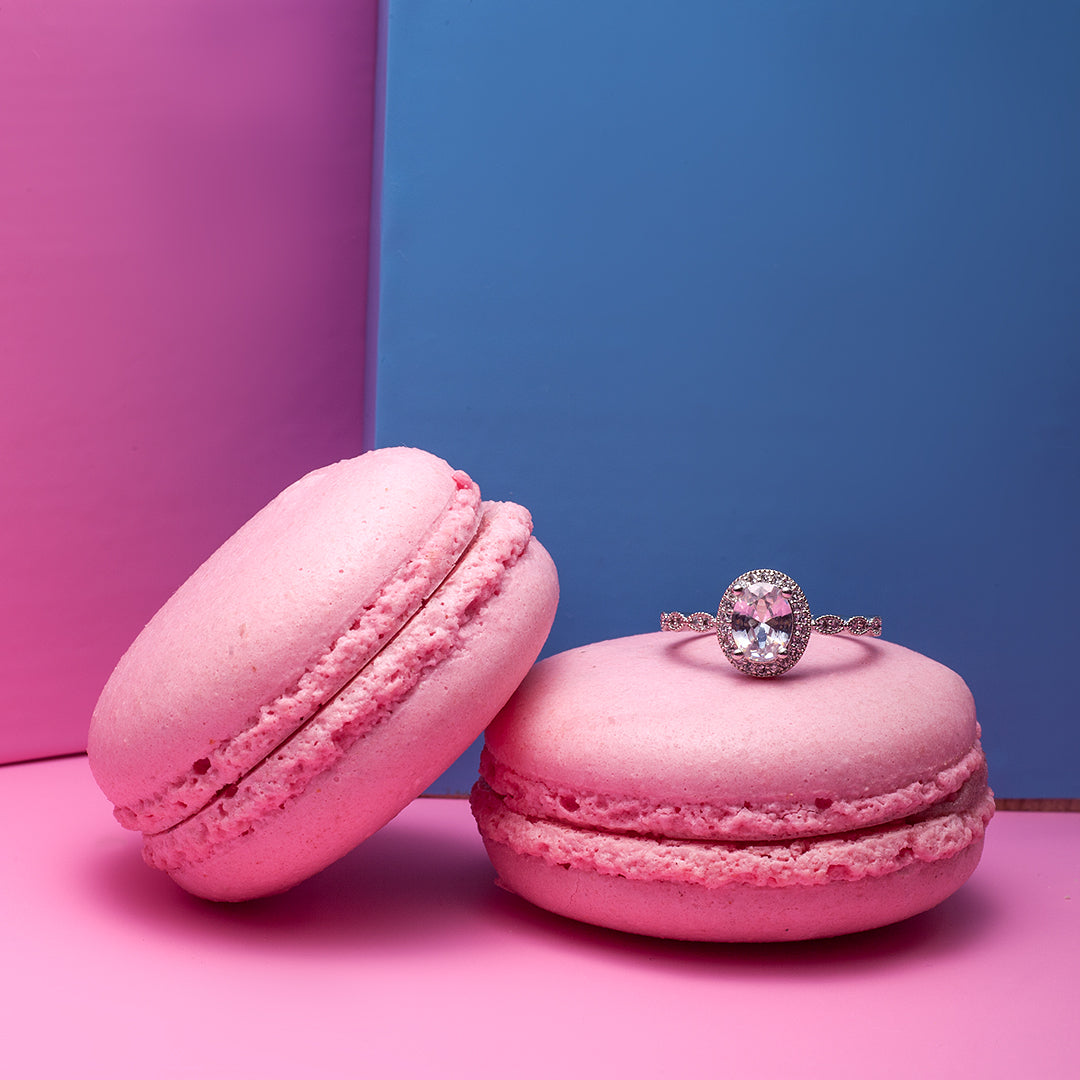
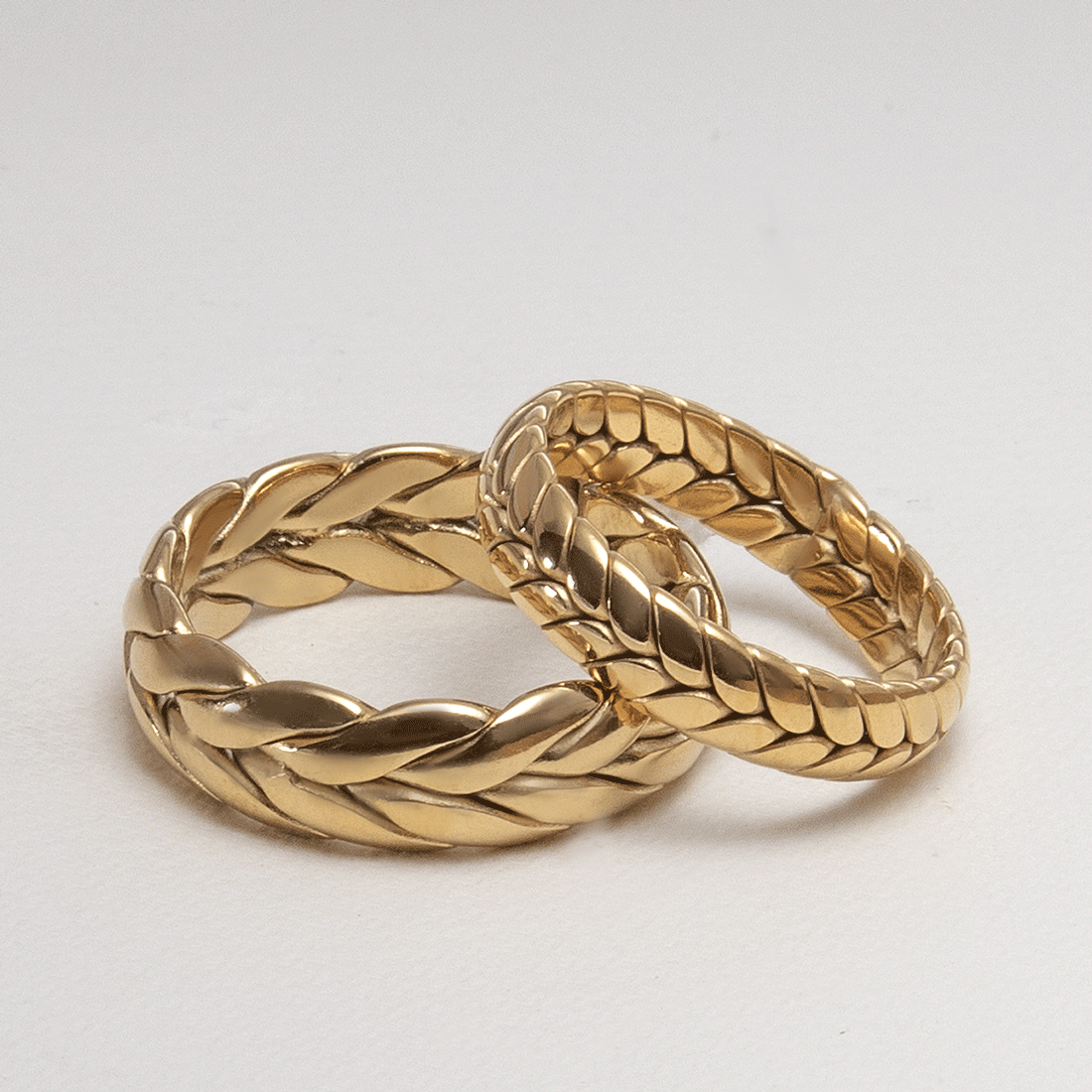
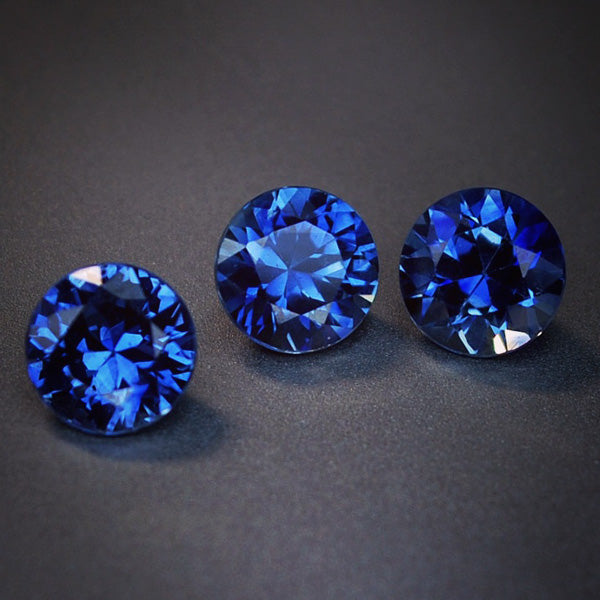
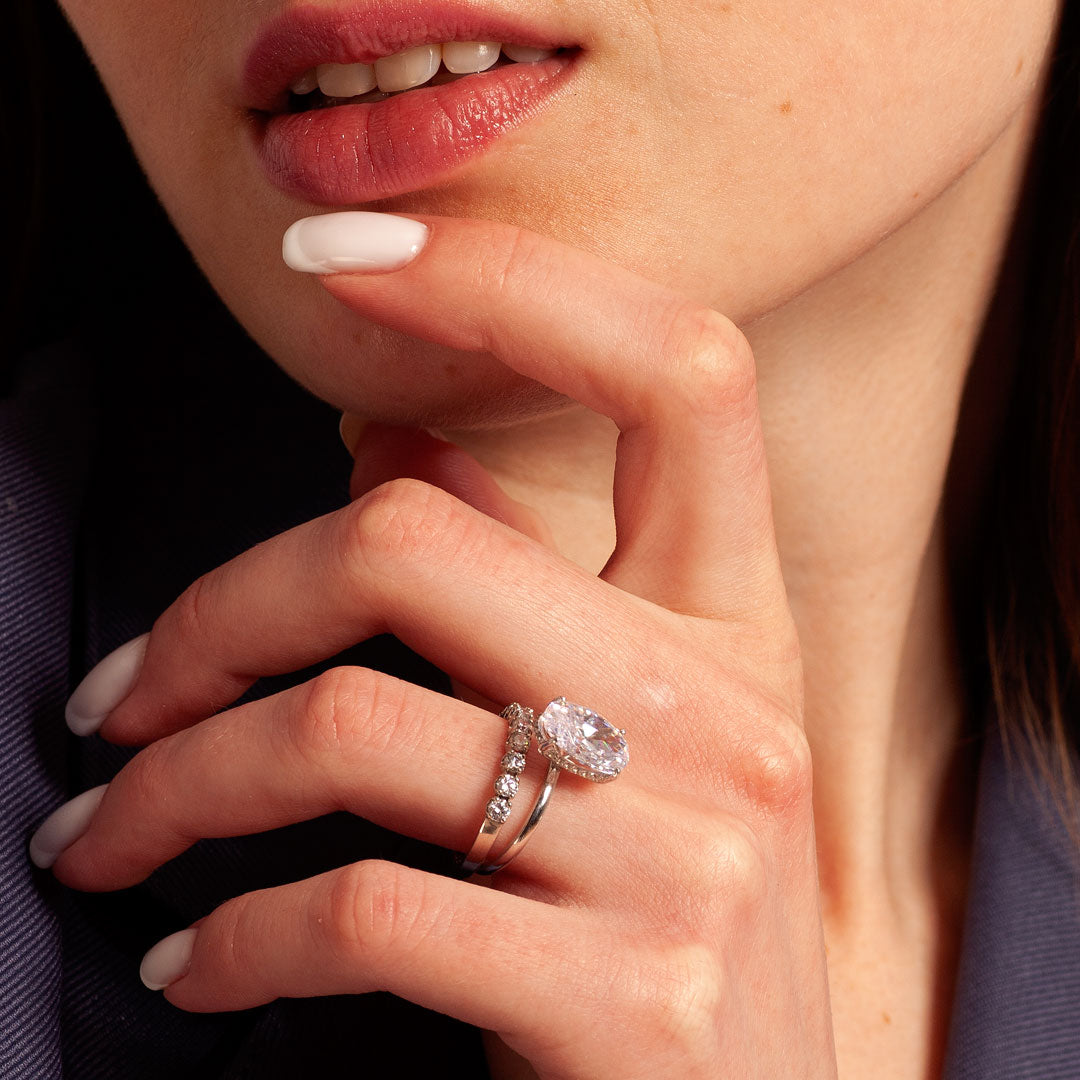
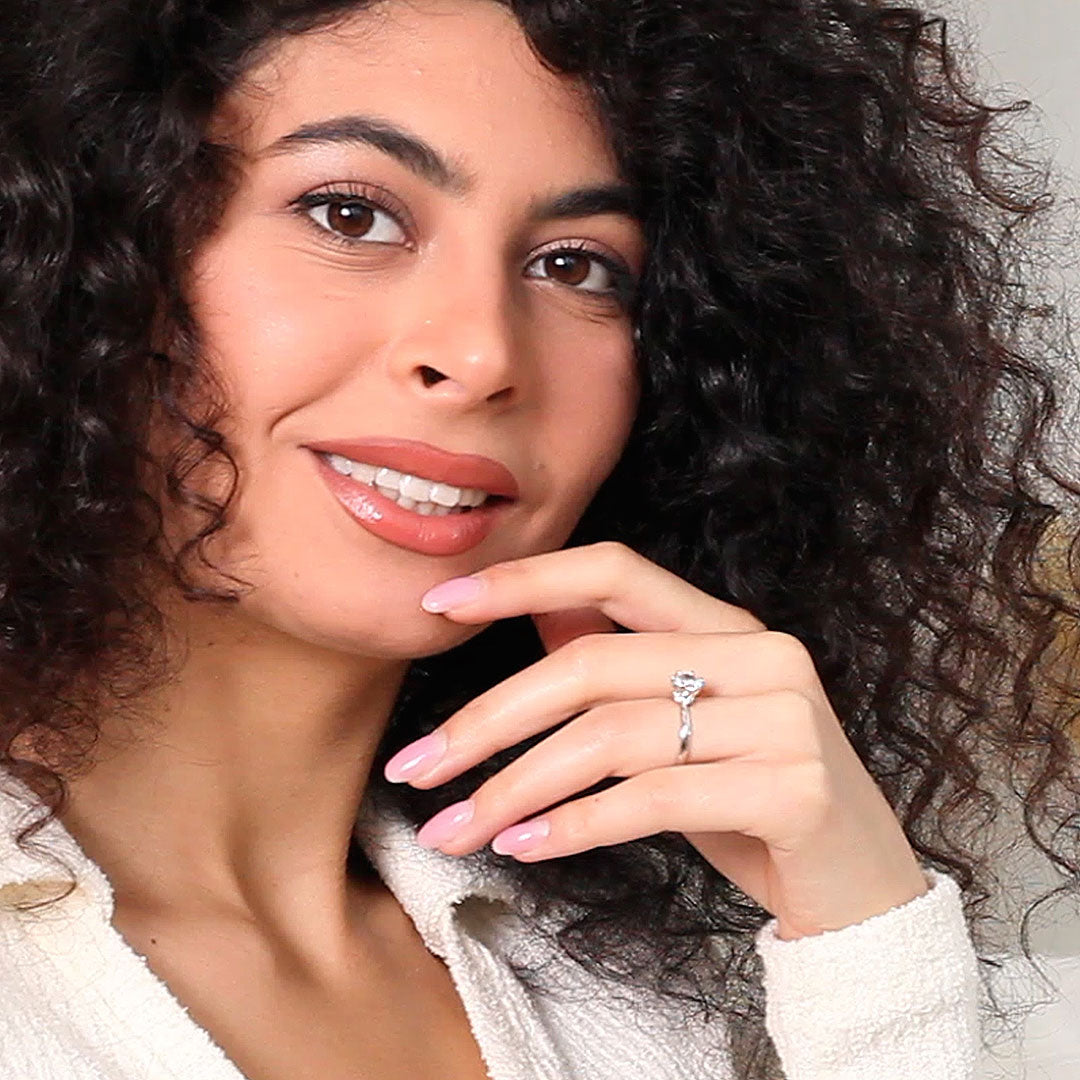
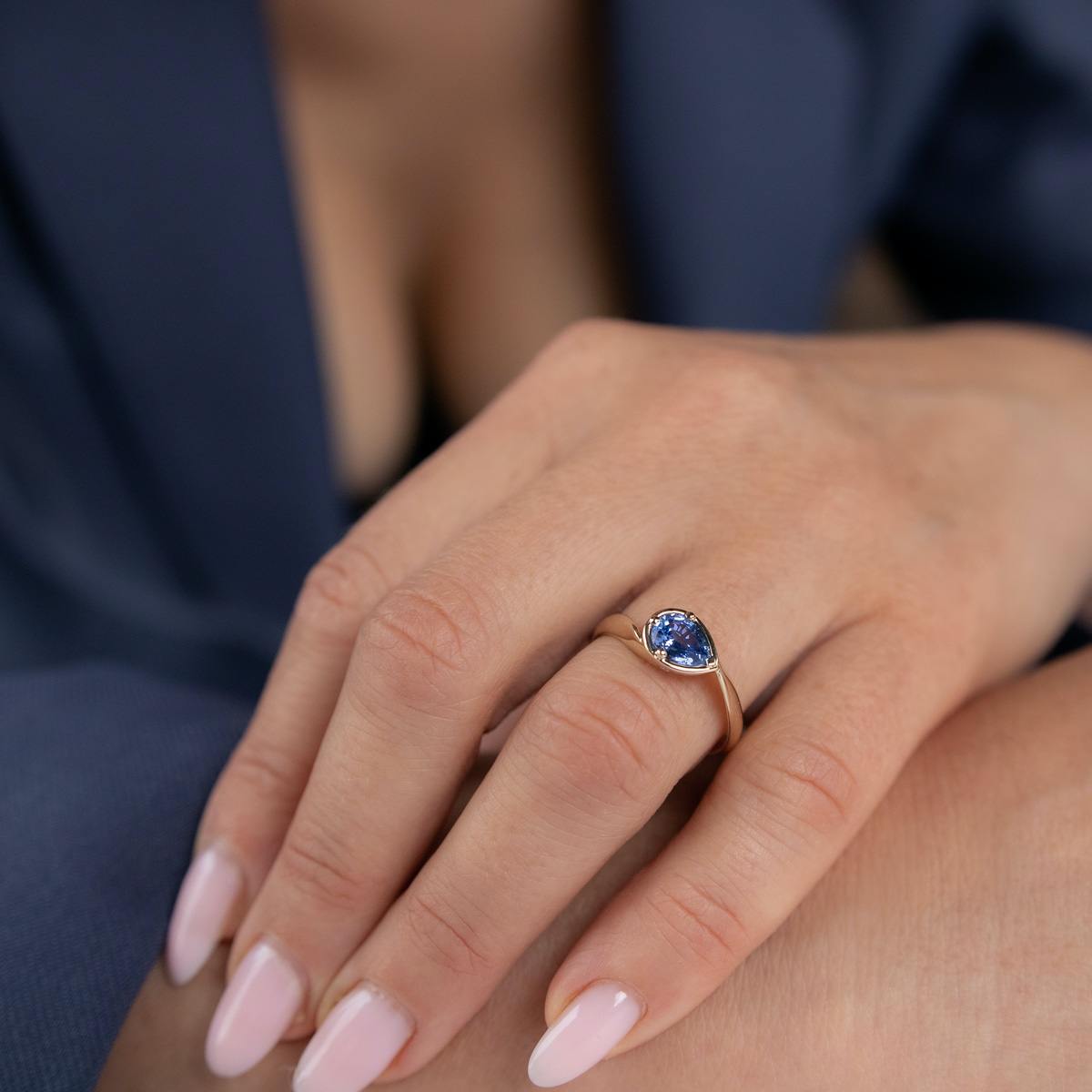





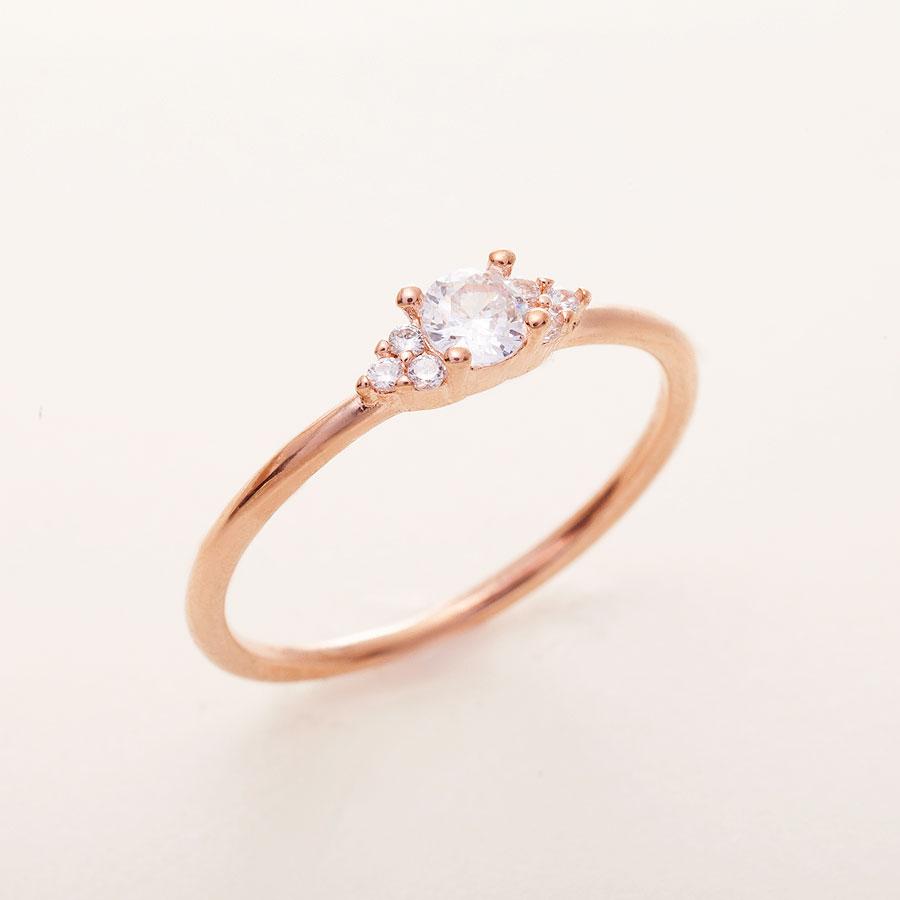
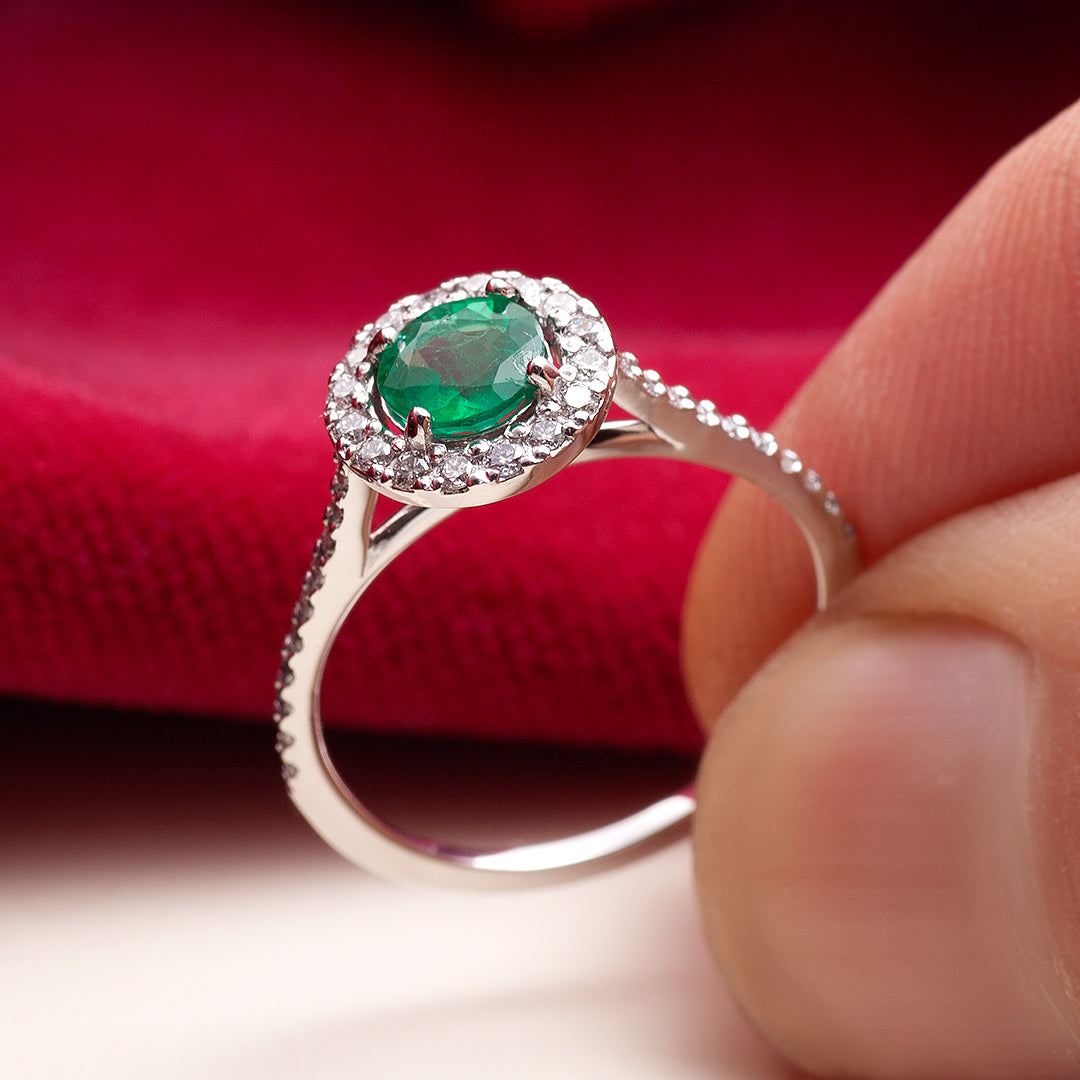
Leave a comment
This site is protected by hCaptcha and the hCaptcha Privacy Policy and Terms of Service apply.